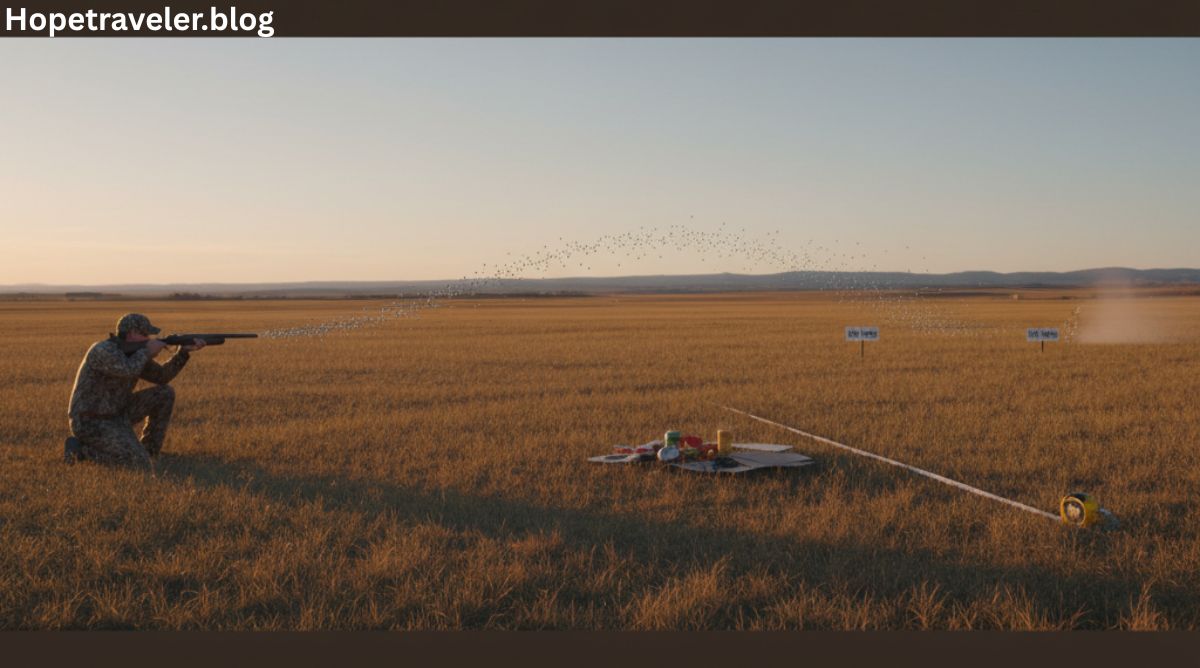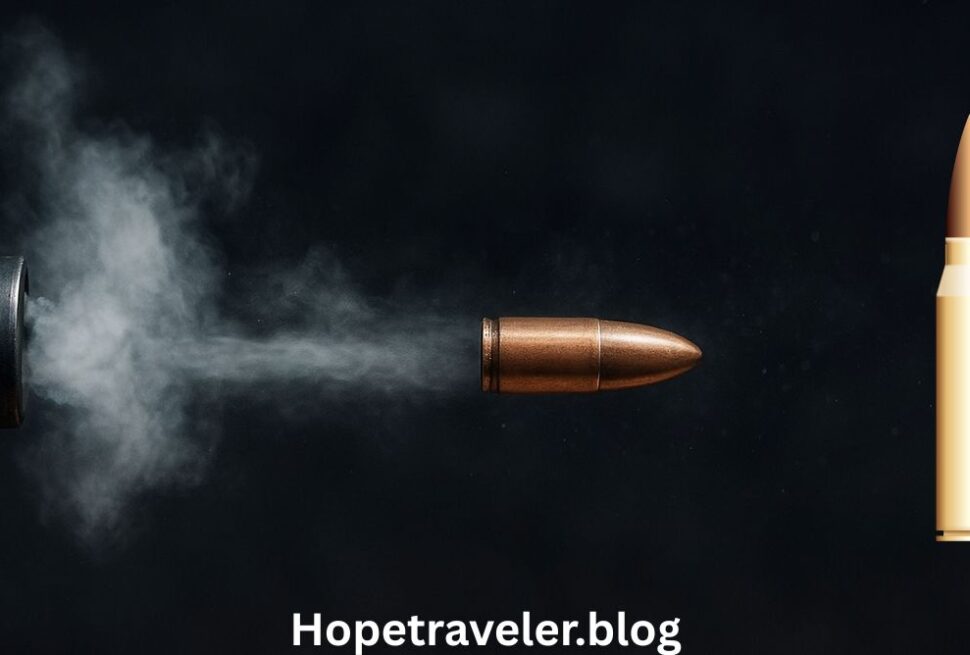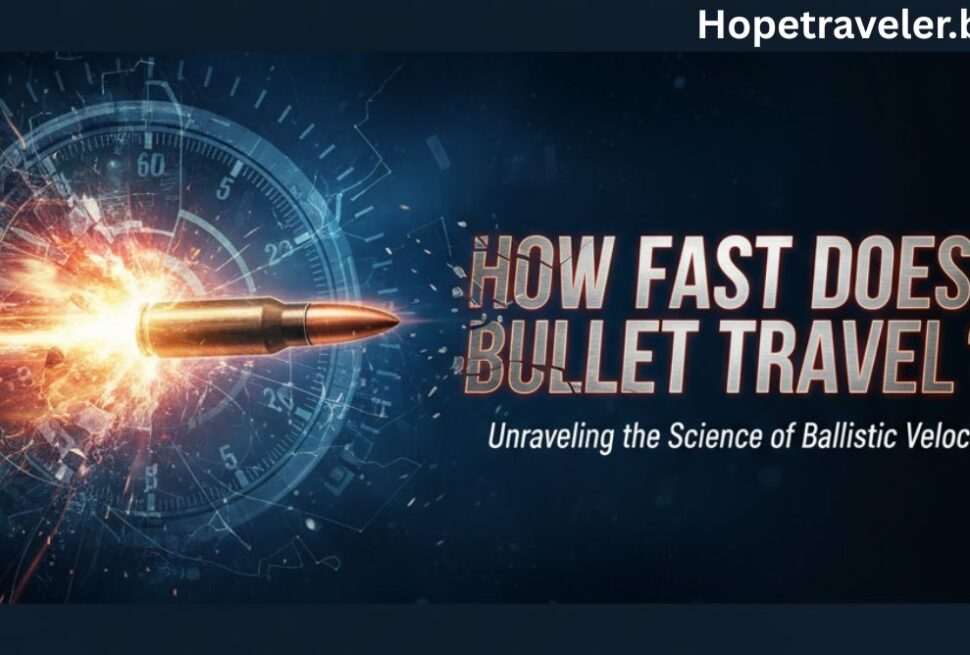When it comes to shotguns and their ammunition, one of the most frequently asked questions among hunters, shooters, and outdoor enthusiasts is: how many yards can small shot travel? Understanding this is more than just trivia — it’s crucial for safety, accuracy, and ethical hunting practices.
In this detailed guide, we’ll explore how far small shot pellets can travel, the factors that affect their range, and the safety considerations every shooter should know.
What Is Small Shot?
To understand how far small shot can travel, we first need to define what it is.
“Small shot” refers to tiny spherical pellets used in shotgun shells. These pellets are made from materials like lead, steel, bismuth, or tungsten, and are classified by their shot size — numbers like #7½, #8, or #9 represent small shot, typically used for target shooting, skeet, or small game hunting (such as birds or rabbits).
The smaller the number, the larger the pellet. For instance:
- #9 shot = 0.08 inches in diameter (very small)
- #7½ shot = 0.095 inches
- #4 shot = 0.13 inches (larger and heavier)
👉 Learn more about shotgun ammunition on Wikipedia’s Shotgun shell page.
How Far Can Small Shot Travel?
The travel distance of small shot depends on several key factors: the pellet size, muzzle velocity, angle of fire, and environmental conditions like wind and air resistance.
Generally speaking:
| Shot Size | Material | Approximate Maximum Range |
|---|---|---|
| #9 Lead | Lead | 150–200 yards |
| #8 Lead | Lead | 200–250 yards |
| #7½ Lead | Lead | 250–300 yards |
| #6 Steel | Steel | 250–350 yards |
| #4 Bismuth/Tungsten | Heavier metals | 350–450 yards |
For small shot, such as #7½, #8, or #9, the effective range (where it can still hit a target effectively) is much shorter — usually between 35 and 50 yards. Beyond that, the pellets lose too much energy to penetrate or do damage.
However, the maximum flight range (how far they can physically travel through the air before falling to the ground) can reach up to 300 yards or more under optimal conditions.
The Science Behind Shot Travel
When you fire a shotgun, hundreds of small pellets leave the barrel in a spread pattern, known as the shot pattern. The distance each pellet travels depends on ballistics, which involve the study of motion and energy.
Here’s what happens:
- The firing pin strikes the primer, igniting the powder.
- Gas expands rapidly, propelling the shot column down the barrel.
- The pellets exit the muzzle at speeds between 1,100 and 1,400 feet per second (fps).
- Once airborne, gravity and air resistance quickly reduce their velocity.
Because each pellet is light, it loses speed faster than a single bullet. The smaller the shot, the less aerodynamic it is, which limits its range.
Angle of Fire and Its Effect on Distance
The angle at which you fire dramatically affects how far small shot travels.
- Horizontal (0° angle): Pellets travel in a mostly straight path and fall to the ground quickly — usually within 100 to 150 yards.
- Upward angle (30–45°): This allows pellets to travel farther, sometimes up to 300–400 yards depending on conditions.
- Steep upward shots (60° or more): Air resistance and gravity limit range again, reducing travel distance.
Therefore, if you fire at an upward angle (like while bird hunting), small shot can travel several hundred yards — which is why knowing your surroundings is so important.
Factors That Influence How Far Small Shot Travels
1. Shot Size and Material
Heavier materials (like lead or tungsten) maintain momentum longer and thus travel farther. Smaller pellets, being lighter, slow down faster.
- Lead shot travels farther than steel shot because it’s denser.
- Tungsten shot can travel even farther due to its high mass and hardness.
2. Muzzle Velocity
Higher velocity equals longer range. A shotgun firing pellets at 1,400 fps will send them significantly farther than one firing at 1,100 fps.
3. Air Resistance
Small pellets face greater drag because of their surface area-to-mass ratio. Wind and humidity also play roles in slowing them down.
4. Choke Type
The choke in a shotgun barrel determines how tightly the pellets stay together after firing:
- Full choke: Keeps pellets closer, increasing range and accuracy.
- Cylinder or improved cylinder choke: Wider spread, reducing range but covering a larger area.
5. Weather and Wind
Wind can carry lightweight pellets farther than normal or blow them off course. Similarly, cold or humid air can slightly decrease range.
Effective vs. Maximum Range
It’s important to distinguish between effective range and maximum range.
- Effective range is the distance at which the shot can still deliver enough energy to humanely and accurately hit the target.
- Maximum range is simply how far the pellets travel before they fall to the ground.
For example:
- A #8 lead shot might have an effective range of 40 yards for clay targets, but a maximum range of 250 yards in open air.
- Beyond 50 yards, small shot becomes unpredictable and unsafe to rely on for hunting.
Safety Considerations When Shooting Small Shot
Knowing how far small shot can travel is essential for safe shooting practices. Even if pellets lose killing power at long distances, they can still cause injury or property damage.
1. Be Aware of Your Backdrop
Always know what’s beyond your target. Pellets can travel hundreds of yards, especially in open fields or waterfowl hunting zones.
2. Avoid Shooting at Steep Angles
Shooting at upward angles can send shot into the air where it can drift unpredictably — a safety hazard for people or property nearby.
3. Respect Safety Zones
Many hunting areas require maintaining a 150–300 yard safety buffer from homes, roads, or trails.
4. Use the Right Ammunition
Use smaller shot sizes (#7½ or #8) for clay targets or small game, and larger shot (#4 or #2) for longer-range hunting.
5. Always Follow Local Laws
Different regions have restrictions on ammunition type (lead vs. steel) and shooting distances for environmental safety.
Comparison: Small Shot vs. Large Shot
| Type | Common Use | Effective Range | Maximum Travel Distance |
|---|---|---|---|
| Small Shot (#7½–#9) | Target shooting, small birds | 35–50 yards | Up to 300 yards |
| Medium Shot (#5–#6) | Pheasant, squirrel | 45–60 yards | Up to 350 yards |
| Large Shot (#2–BB) | Geese, ducks | 60–80 yards | Up to 450 yards |
This comparison shows that smaller pellets lose their energy quickly but still pose a risk over long distances if not used safely.
Real-World Examples
- Trap and Skeet Shooting: Most ranges are designed with safety barriers because small shot can travel 200 yards or more beyond the shooting zone.
- Waterfowl Hunting: Hunters use steel shot over wetlands to prevent lead pollution, but must account for its shorter effective range compared to lead.
- Upland Bird Hunting: Small shot like #8 is preferred for quail or dove hunting, as it offers a good balance between pattern density and safe range.
Practical Tips for Shooters
- Choose the correct shot size for your purpose — smaller for close targets, larger for distant ones.
- Always shoot within the effective range for clean, humane hits.
- Be mindful of wind direction and open spaces, as pellets can travel farther than expected.
- Maintain your shotgun for consistent muzzle velocity and pattern spread.
- Never shoot at hard surfaces like rocks or water — pellets can ricochet unpredictably.
Conclusion
So, how many yards can small shot travel?
On average, small shot pellets can travel anywhere from 150 to 300 yards, depending on size, material, and firing conditions. The effective shooting range, however, is much shorter — usually within 40 to 50 yards.
Understanding this distinction helps shooters maintain accuracy, protect others, and uphold ethical hunting standards.
Shotguns may seem simple, but the physics behind each tiny pellet’s journey is complex — a blend of ballistics, material science, and responsible firearm use. Always remember: knowing how far your shot can travel is not just smart — it’s essential for safe and skilled shooting.
Wikipedia Reference:


